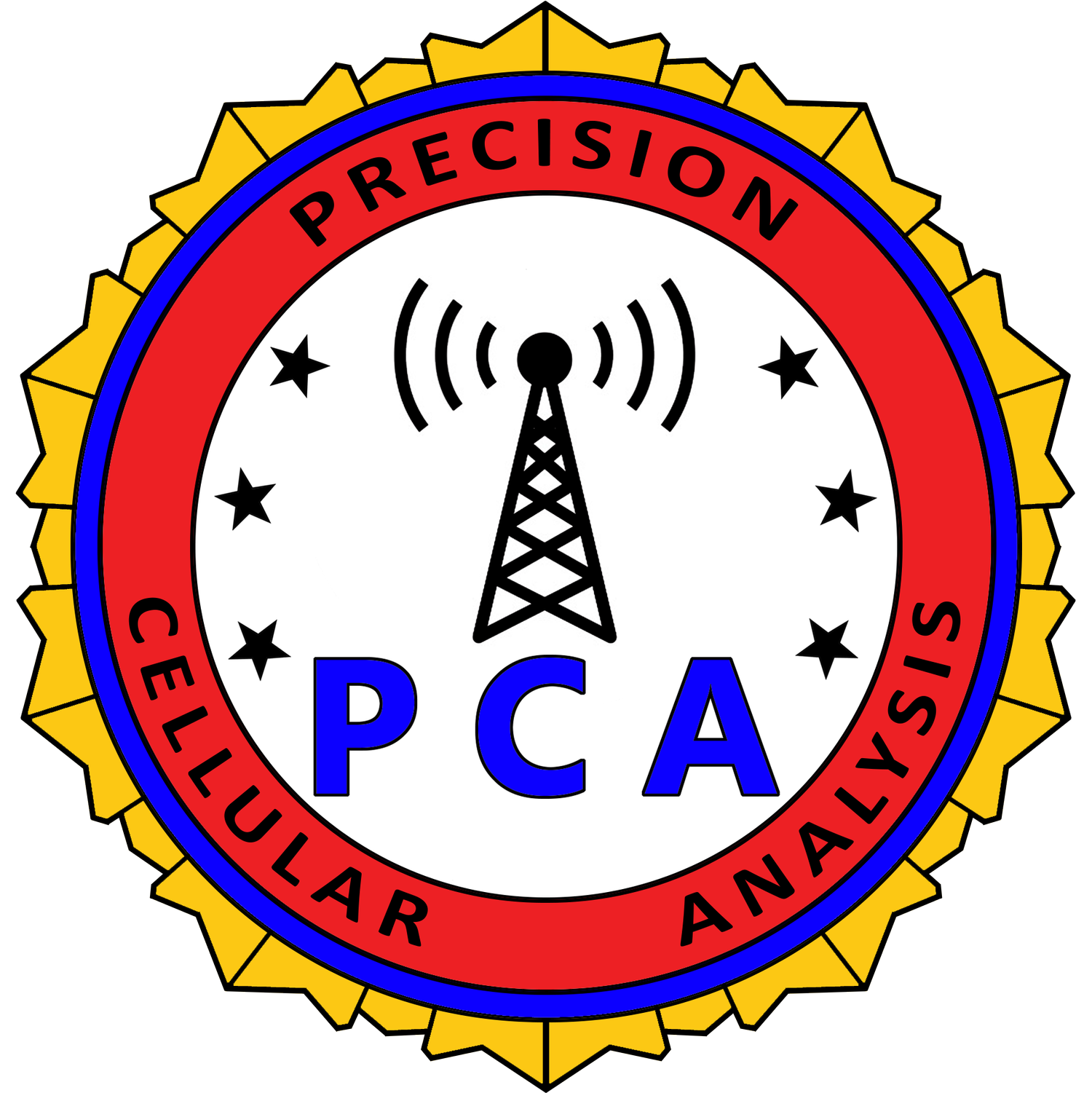SIM Farms, Robocalls, and the New Frontier of Digital Evidence
- Kevin Horan

- Sep 29
- 3 min read
By Kevin R. Horan, Retired FBI Supervisory Special Agent, Co-Founder of Precision Cellular Analysis
Introduction
Over the past decade, lawyers have grown accustomed to litigating cases involving cell site location information (CSLI), GPS trackers, and automated license plate readers (ALPRs). But a new form of digital infrastructure is quietly reshaping the litigation landscape: large-scale “SIM farms” or “SIM servers.”
A SIM, short for Subscriber Identity Module, is a small chip or card that stores the unique identity of a mobile subscriber. Every SIM carries an IMSI (International Mobile Subscriber Identity) and a cryptographic key that the carrier uses to authenticate the user on its network. In practical terms, the SIM tells the cellular network, “This is who I am, and I’m authorized to use your service.” Without it, a phone can’t place calls, send texts, or use data on that network. While phones have their own identifiers (IMEI – International Mobile Equipment Identifier), it’s the SIM that ties activity to a particular customer account, whether prepaid, postpaid, or provisioned through a reseller.
These systems, sometimes involving racks of hundreds of subscriber identity modules (SIMs), are increasingly used in robocalling campaigns, international fee-avoidance schemes, and consumer fraud. In September 2025, the U.S. Secret Service announced the takedown of a network of more than 300 SIM servers tied to 100,000 SIM cards in the New York region. Authorities warned that such systems could send enormous volumes of text messages or calls that appear to originate from legitimate U.S. carriers — and, in the wrong hands, could even stress or disrupt local telecommunications networks.
How SIM Farms Work
At their core, SIM farms rely on one simple fact: a SIM card is a real customer identity recognized by a mobile carrier. Once activated, a SIM can authenticate to the carrier’s network just like the card in your personal phone.
By clustering hundreds or thousands of these cards into server racks connected to radio gateways, operators can:
Rotate SIMs automatically to avoid carrier blocks.
Push massive volumes of calls or texts that look like local traffic.
Receive SMS one-time passwords to automate account creation or fraud.
Mask true origins by routing internet-based calls through legitimate SIM identities.
These are not “rogue” or counterfeit SIMs; they are legitimate carrier-issued identities, often purchased in bulk through prepaid programs, resellers, or MVNOs. What makes them dangerous is the scale and the automation.
Why Lawyers Should Care
For plaintiff firms litigating under the Telephone Consumer Protection Act (TCPA) and related consumer-protection statutes, SIM farms create both opportunity and challenge.
Opportunity: SIM farms leave digital footprints. Each SIM has an ICCID, IMSI, and call/SMS history. When correlated with VoIP gateway records and payment data, they can tie robocall traffic to specific suppliers, resellers, or even end operators. Properly preserved, these records strengthen class-action cases and settlements.
Challenge: Attribution is complex. A single campaign may use hundreds of rotating SIMs, each tied to false subscriber identities. Carriers may resist broad discovery, citing burden or privacy, and raw records are often indecipherable without technical expertise.
Courts have consistently emphasized that technical evidence must be presented in a manner that is clear, reliable, and tied to admissible sources. This is where forensic expertise is critical.
Practical Guidance for Litigators
Move fast on preservation. Carriers and VoIP providers overwrite logs quickly. Early preservation letters and subpoenas should specifically request IMSI/ICCID/MSISDN mappings, activation records, and VoIP/SMPP logs.
Demand correlation, not just raw dumps. A pile of call detail records (CDRs) won’t move a jury. You need normalized timelines that link a robocall received by your client to a SIM, to a VoIP endpoint, and to a reseller.
Anticipate Daubert/Frye challenges. Opposing counsel will argue your expert “made leaps” or relied on incomplete data. A rigorous methodology — chain of custody, documented assumptions, and clear limitations — is essential.
Highlight the consumer harm. Jurors understand robocalls. Explaining how SIM farms multiply that nuisance into millions of unlawful calls makes damages arguments more compelling.
Conclusion
SIM farms are no longer just a nuisance for telecom operators; they are becoming central evidence in civil litigation against robocallers and fraudsters. Lawyers who understand how these systems work — and who partner with experts capable of translating complex telecom records into clear, admissible evidence — will be best positioned to protect consumers and secure meaningful remedies.
About the Author
Kevin R. Horan is a retired FBI Supervisory Special Agent with the Cellular Analysis Survey Team (CAST) and co-founder of Precision Cellular Analysis, which provides forensic telecom analysis, expert testimony, and litigation support nationwide.



Comments